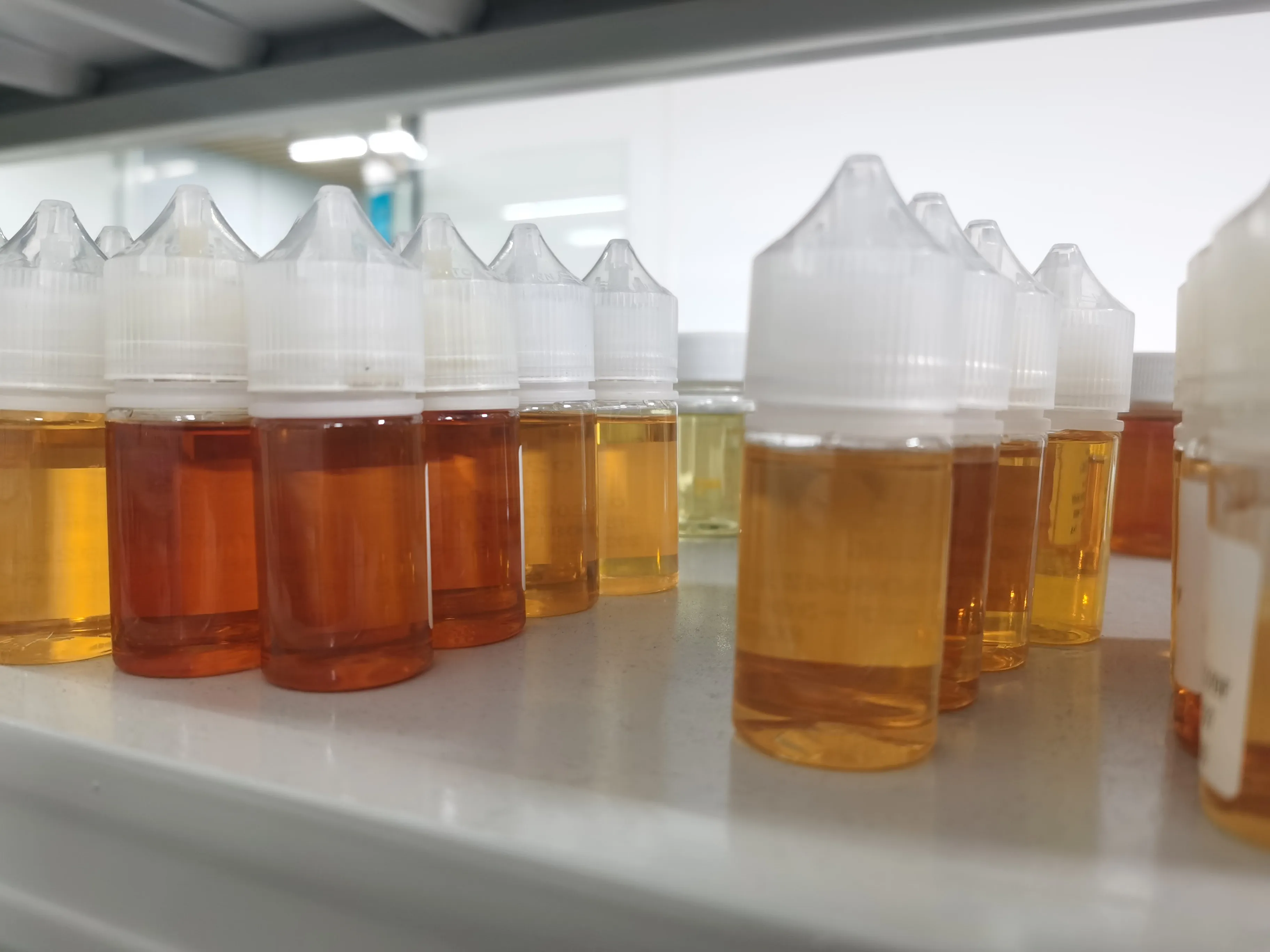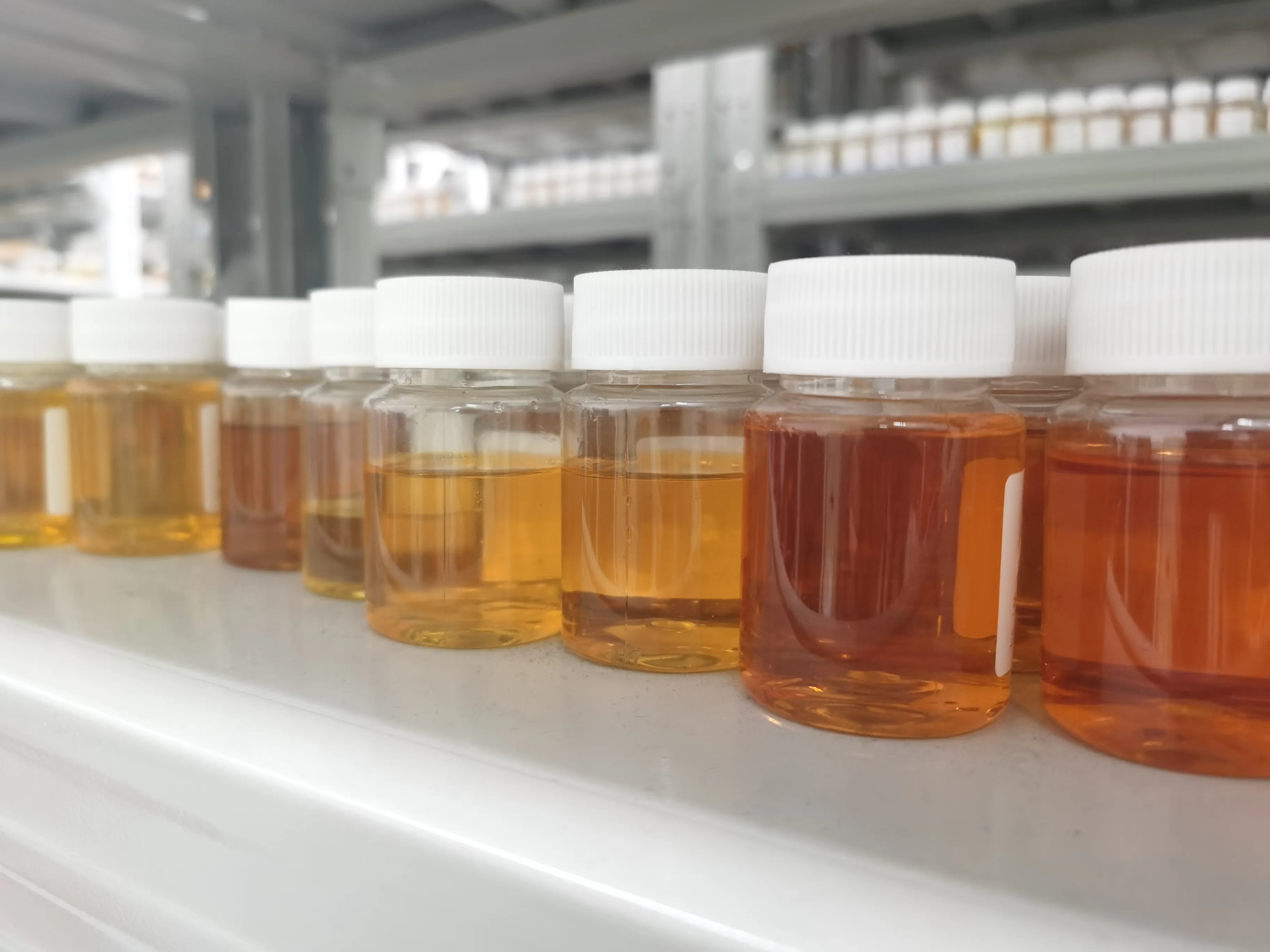
What are the inspection standards for electronic cigarette products?
As people pay more attention to health, the popularity of electronic cigarettes is constantly increasing. Therefore, the inspection standards for electronic cigarette products have become more rigorous and strict. The taste and safety of electronic cigarette products are currently the focus of attention.
Overall, the inspection of electronic cigarette products usually includes the following aspects:
1. Chemical composition detection: Detecting the chemical composition of electronic cigarettes, such as nicotine content, glycerin, propylene glycol, etc.
2. Physical performance testing: Testing the physical performance of electronic cigarettes, such as the stability of the battery, durability of the atomizer, etc.
3. Combustion performance testing: Testing whether electronic cigarettes are flammable, their combustion performance, etc.
4. Harmful substance detection: Detecting harmful substances emitted by electronic cigarettes, such as carbon monoxide, hydrogen cyanide, etc.
5. Functionality testing: Testing whether the functions of electronic cigarettes are normal, such as the sensitivity of buttons, the normal operation of heating devices, etc.
To be more specific, the inspection standards mainly involve three aspects: electronic cigarette products, atomizers, and batteries. With the continuous development of electronic cigarette design and the emergence of integration trends, the inspection items for finished products are almost combined with those for atomizers.

1. Inspection of electronic cigarette finished products.
The taste experience of electronic cigarettes can be measured from the aspects of the number of smoking mouths, airflow, smoke volume, oil leakage, burnt taste, and working temperature.
Number of smoking mouths: to test whether the oil counter is accurate and whether the total number of smoking mouths is accurate using an automatic smoking machine.
Airflow: test the smoothness of the airflow when smoking the oil, and conduct artificial smoking tests. When using an automatic smoking machine, the smoking time and pause time of the device timer can be set, such as smoking for 3 seconds and pausing for 5 seconds, to test whether the smoke volume reaches a reasonable state.
Smoke volume: conduct artificial smoking tests and subjectively feel the size of the smoke volume.
Oil leakage: conduct artificial smoking tests to ensure that oil cannot be sucked. Conduct vibration tests on the bare machine and shipping package of the product, and require that there be no oil leakage at the mouthpiece and lamp cap.
Burnt taste: conduct artificial smoking tests to ensure that the oil does not have a burnt taste or any other odor.
Working temperature: use an automatic smoking machine to test the real-time temperature by measuring the outer wall of the contact with the atomizer heating device during smoking using a thermometer.
2. Atomizer inspection
Resistance: Use a digital bridge to measure the resistance value of the atomizer electrode and atomization thread.
Airflow: Conduct manual smoking tests to check if the airflow is smooth when testing the e-liquid.
Conduct automatic smoking machine tests, set the smoking time and pause time of the equipment timer, for example, smoke for 3 seconds and pause for 5 seconds, and test if the smoke volume reaches a reasonable state.
Smoke volume: Conduct manual smoking tests and subjectively assess the smoke volume.
Conduct automatic smoking machine tests, adjust the smoking state of the standard sample, set a specific smoking time and pause time, and when the smoke volume meets the requirements, the test result is considered a pass.
Oil leakage: Conduct manual smoking tests and ensure that the e-liquid cannot be sucked in during the testing process. Conduct vibration tests on the product and shipping packaging at different frequencies, and require that there is no oil leakage at the mouthpiece and light cap.
Burnt taste: There should be no burnt taste or any other strange odors when testing the e-liquid.
Working temperature: Conduct automatic smoking machine tests, measure the external wall temperature of the atomization heating device using a thermometer while smoking, to detect the real-time temperature.

3. Battery Performance Inspection
Battery performance inspection refers to the testing of the battery's performance in the entire product. The following are the specific inspection contents:
Battery capacity detection: Use a battery capacity tester to detect the battery capacity. During the test, connect the positive and negative terminals of the instrument to the positive and negative terminals of the battery, respectively.
Static current detection: Test the static current of the battery control board and battery cells.
Charging function detection: Test whether the output voltage and current of the power supply match the input voltage and current of the charger.
Smoking function detection: Test whether the LED light is on when smoking and whether the smoke volume of the atomizer meets the requirements. Adjustable voltage batteries should be adjusted to large or small voltages according to the standards in the product specifications.
Smoking overtime protection detection: According to the battery's continuous working time standard in the product specification, hold down the battery switch key to smoke and test whether the battery's continuous working time meets the requirements. When the continuous working time under working condition is reached, the LED light flashes n times and the output automatically shuts down.
Short circuit protection detection: Test whether the heating wire has a short circuit. If there is a short circuit, the battery will not output, and the LED light will flash n times.
Low voltage protection detection: When the battery voltage is lower than the low voltage standard in the product specification, press the smoking button, and the LED light will flash n times to indicate low voltage, and the battery will not output.
Charging protection detection: When the battery voltage reaches the rated value, the internal circuit will automatically disconnect the charging to prevent overcharging.
Overcurrent protection detection: When the discharge current of the battery exceeds the product standard requirement after the battery is loaded, the battery will automatically shut down and stop discharging.
Charging time detection: Test whether the standard time for the battery to charge from low voltage to full is in compliance with the requirements.
The inspection of electronic cigarettes needs to start from multiple aspects, and each aspect has multiple inspection standards. These inspections can be carried out through laboratory testing and user feedback. The quality and safety of electronic cigarette products depend on the manufacturer's quality management and product design. Therefore, when purchasing electronic cigarette products, one should choose reputable brands and ensure that the products have authoritative inspection reports.

We will contact you as soon as possible









